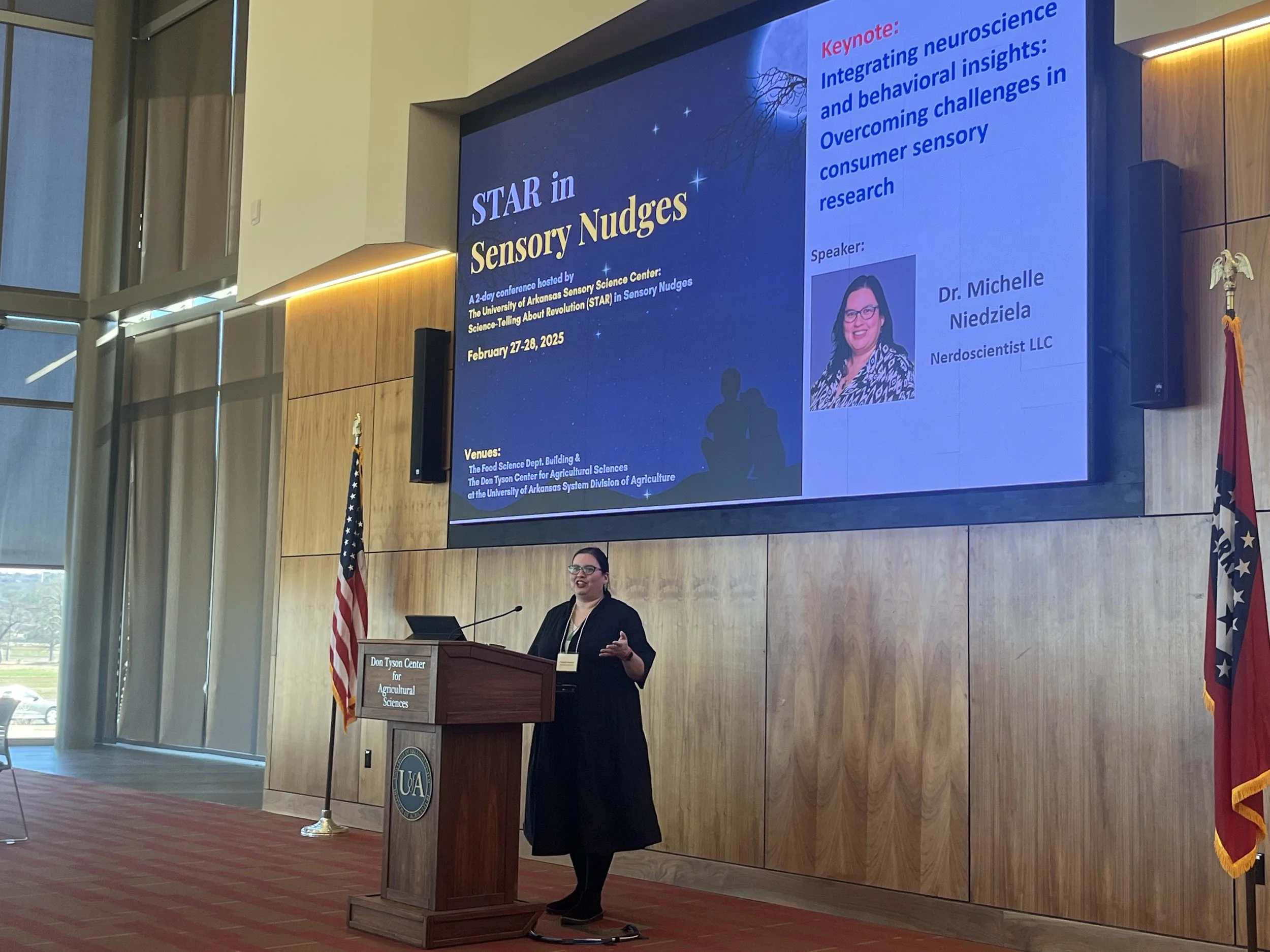When Apathy Creeps In – And What It Means for Consumer Behavior
It’s been a whirlwind few months—professionally enriching and personally meaningful, but also a bit of a blur. I’ve had the honor of speaking at the University of Arkansas's STAR Nudge sensory meeting, guest lecturing at Rutgers and Drexel on consumer neuroscience, diving into fascinating client work, and traveling to Taiwan to visit family and take care of some personal business.
In short: life happened. And while I’ve loved every minute of these experiences, my plans to consistently post blogs and video content quietly slipped to the side. Not from a lack of interest, but from something more elusive—apathy.
Apathy is sneaky. It doesn’t always look like burnout or boredom. Sometimes it looks like inertia. You’re just too deep in the momentum of other things to pause and create something new. You tell yourself, “Next week,” and then a month goes by.
That lull got me thinking—if I, someone deeply passionate about behavioral science, can feel this quiet tug of apathy, how much more must consumers experience it in their everyday decisions?
What Is Apathy in Consumer Behavior?
Apathy isn’t just indifference. It’s a lack of motivation or energy to engage, often due to emotional fatigue, cognitive overload, or a perceived lack of meaningful difference between choices. In consumer behavior, apathy can show up as:
Decision deferral – “I’ll buy it later.”
Default choices – “I’ll just go with what I always get.”
Low engagement – “I don’t really care which brand I choose.”
Sometimes, apathy stems from overwhelming options. Other times, it's a result of a disconnect between the consumer and the product’s purpose or identity. If the decision doesn’t feel relevant, emotional, or valuable, the brain checks out. We rely on autopilot. And once in that apathetic loop, it’s hard to snap out of it.
Why It Matters for Researchers and Brands
From a neuroscience and behavioral science lens, apathy is a red flag. It’s a sign that the emotional and cognitive “hooks” that normally drive engagement and action aren't sticking.
In the “lab” (wherever consumer research is being run: IHUT or CLT, etc.), we can study apathy by looking at:
Reaction times in decision-making tasks (slower can indicate disengagement)
Emotional arousal via physiological measures like GSR or heart rate variability
Implicit associations – Are people even forming strong associations with the brand or product?
Choice consistency – Are decisions being made actively or just habitually?
Apathy also affects how we interpret other data. A consumer saying “It’s fine” or “I don’t know” might be masking disinterest more than true neutrality.
Breaking the Apathy Loop
From a design thinking perspective, reigniting consumer engagement means reframing the experience:
Make it personally relevant
Reduce choice fatigue
Inject emotion and meaning back into the journey
Whether we’re designing a study or a marketing campaign, we should be asking: Are we giving people a reason to care?
Coming Back to Curiosity
Writing this blog is my own little rebellion against apathy. A reminder that sometimes, the first step out of a lull is just pressing “post.” Not perfectly, not prolifically—just purposefully.
As a nerdoscientist, I’m fascinated by what drives people—and what doesn’t. Apathy may be invisible, but it’s powerful. Understanding it might just be the key to unlocking deeper consumer insights.
Whether you’re a researcher, brand builder, or just a curious human, it’s worth asking:
Where might apathy be shaping decisions—without us even realizing it?
As we study consumer behavior, let’s not overlook the quiet power of disengagement. Sometimes the biggest barrier to action isn’t dislike or resistance—it’s indifference.
I’d love to hear your thoughts. Have you seen apathy show up in your own work, your decisions, or your audience?
What helps you re-engage when the spark feels dim?
Drop me a message, leave a comment, or just take this as your sign to do one small thing that matters today.
Let’s keep the curiosity going.



